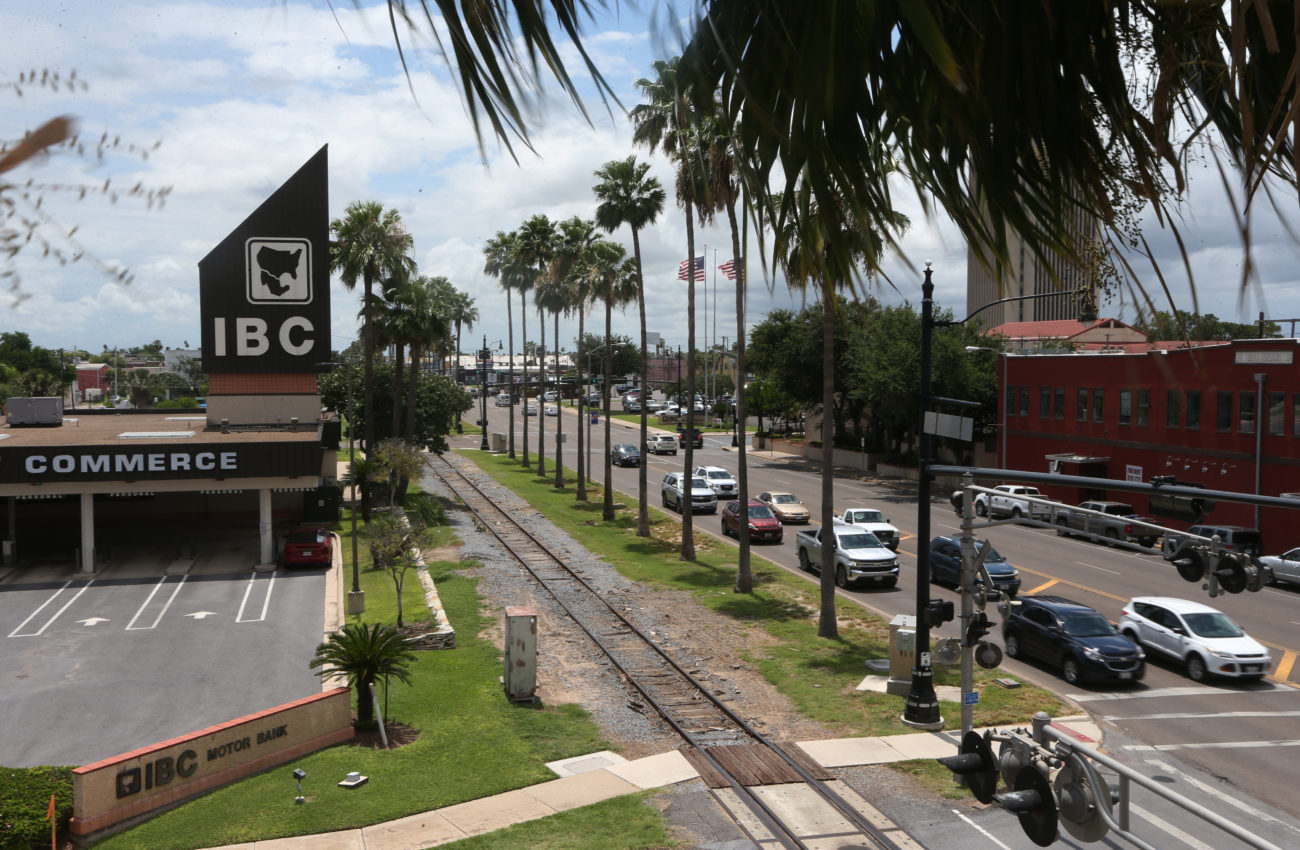Census 2020 shows a rapidly changing Texas, with a huge growth spurt among Hispanic residents occurring over the past decade.
Hispanics now constitute 39.3 percent of the state’s residents, compared to 39.7 percent of Texans who are white non-Hispanic. Since 2010, just under half the state’s total growth, 49.5 percent, has been Hispanic.
The Hispanic population rose from 9.46 million state residents in 2010 to 11.44 million by 2020. The white non-Hispanic population rose from 11.39 million to 11.58 million over the same period.
Nina Perales is president of litigation for Mexican American Legal Defense and Education Fund. She spoke last week to the Lower Rio Grande Valley Development Council about the results of Census 2020.
“So with respect to race and ethnicity, we also have a very dramatic story that’s happening,” Perales said. “The total population of Latinos has now converged on the total population of Anglos in our state.”
“So what separates the Latino and Anglo population is 0.4 percent and those two lines have been moving,” she added. “As the Latino line has been moving up in terms of percent, the Anglo line has been moving down.”
Perales said demographers predict the Hispanic population of Texas will surpass the white non-Hispanic total within the next year or two in what she called a “significant moment for Texas demographics.”
“The growth was quite lopsided in terms of different groups,” Perales said. “Anglos were less than 5 percent of the growth in the state from 2010 to 2020. Latinos were 49.5 percent, so essentially half the growth in Texas since the last decade has been Latino.”
The Rio Grande Valley, of course, has a fair higher proportion of Hispanic Texans compared to white non-Hispanic residents than the rest of the state.
The latest figures for Cameron County show the Hispanic population is 90 percent, and the number of white non-Hispanic residents totals 8.6 percent.
In Willacy County, the numbers are 88.5 percent for Hispanic residents, and 8.6 percent for white non-Hispanics.
Hidalgo County has 92.5 percent Hispanic residents, and 5.9 percent white non-Hispanic residents.
Texas also has two other fast-growing groups, Asian-Americans and African-Americans.
“An important story with respect to Asian-Americans, 15 percent of the state’s growth has been Asian-American, and African-Americans were 16 percent of the state growth,” Perales said. “So if you add all of that up, that means 95 percent of all the population growth in Texas from 2010 to 2020 was persons of color.”
Despite the fast-growing Hispanic population in Texas, Perales cautioned that for several reasons that may not translate, at least not immediately, into a concomitant increase in political power.
“Although I have told you a positive story about Latino growth, Latino political strength is not matching where our growth is, for a couple of reasons,” she said. “We have a very young population, we have a disproportionate number of people who are under the age of 18 within our population, and we also have citizenship as a factor as to who is eligible to vote.”
“Even today as the Latino population merges on the Anglo population, the number of registered voters who are not Hispanic is quite large and the number of voters who are Hispanic is still not matching where we are numerically,” Perales added.
RELATED READING:
A new Texas: Census shows shift, and Valley may suffer for it
OPINION: Slowdown: Census figures indicate local growth trend over




